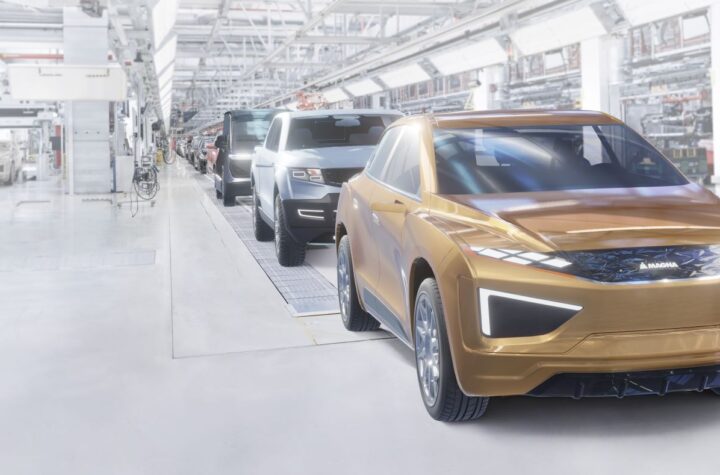
Volvo, Saab and Porsche are sales leaders in 2003.
European vehicles imported into the United States are a mixed bag consisting of three big guys, seven who sell measurable quantities (our central theme here), plus a very long list of very low volume brands of interest to the wealthy, daydreamers and competitors’ engineers.
The European big three are well publicized, however, the highlights are: Volkswagen was down 14 percent in the first eight months of this year, as only the Beetle and Touareg are fending off problems. Mercedes is up four points so far this year, based primarily on EClass sales as the M-Type SUVs are off substantially. BMW, also up four percent, is being carried by a 5-Series surge that more than makes up for losses in the SUV lines.
The “measurable others,” as a group, are doing well, increasing their market share from 1.9 percent in 2001 to 2.5 percent in the first eight months of 2003 with no backsliding brands whatever.
 |
| Volvo sales have increased 22 percent in the first eight months thanks to growing interest in crossovers like the XC90. |
Oddly, the parent Volkswagen brand is increasingly invading Audi’s price territory.
While Jaguar’s share is steady, current sales are experiencing a post-record-year letdown, off 18 percent through the first eight months. A new flagship XJ and price cuts on the X-Type are 2004 countermeasures. Four car lines sell at an average 30 per month through each of 160 dealers. The “no SUV” policy limits sales in the current market. An Estate Wagon for the XType is a strong possibility. Diesels for the U.S. are but a rumor.
 SAAB has picked up a tenth of a point market share in recent years and has pushed sales up 17 percent this year as the 9’3-Series, including a rag top, provided upward movement. There are 220 dealers selling only two basic models at about 25 units per dealer per month. A small car series based on a Subaru platform and a Chevrolet-based first-ever SUV are on the radar. Land Rover also has steady three year share, but still experienced a 6 percent year-to-date sales shortfall. One hundred and fifty dealers sell three basic SUV lines at a 20 per month rate. Freshening and price adjustments make up the 2004 product program.
SAAB has picked up a tenth of a point market share in recent years and has pushed sales up 17 percent this year as the 9’3-Series, including a rag top, provided upward movement. There are 220 dealers selling only two basic models at about 25 units per dealer per month. A small car series based on a Subaru platform and a Chevrolet-based first-ever SUV are on the radar. Land Rover also has steady three year share, but still experienced a 6 percent year-to-date sales shortfall. One hundred and fifty dealers sell three basic SUV lines at a 20 per month rate. Freshening and price adjustments make up the 2004 product program.For the new and cut Mini, waiting lists. Score an instant 0.2 share points, with fewer than 90 dealers averaging close to 50 units per month. A convertible is on the way to counter any first-serge letdown.
Porsche has gained a tenth of a share over time and has a 15 percent uptick in sales so far this year. There are about 190 dealers selling four basic lines, moving about 15 units each month. Car sales are off by nearly one third this year. The 911 is an expensive delight but the Cayenne SUV/crossover has been the salvation with a hefty 40 percent increase in sales. The other minor players, ranging in price and size from Maybach to Morgan and in sales from few to very few, all taken together, account for less than one-tenth of 1 percent of the total industry.













More Stories
From Gasoline Powered Cars To Electric Vehicles | Electric Moped Bike A Best Alternative
Rubbernecking: A Silly Reason for Car Accidents
Flexible Magna Manufacturing Solutions: The Key to Success in the Automotive Industry